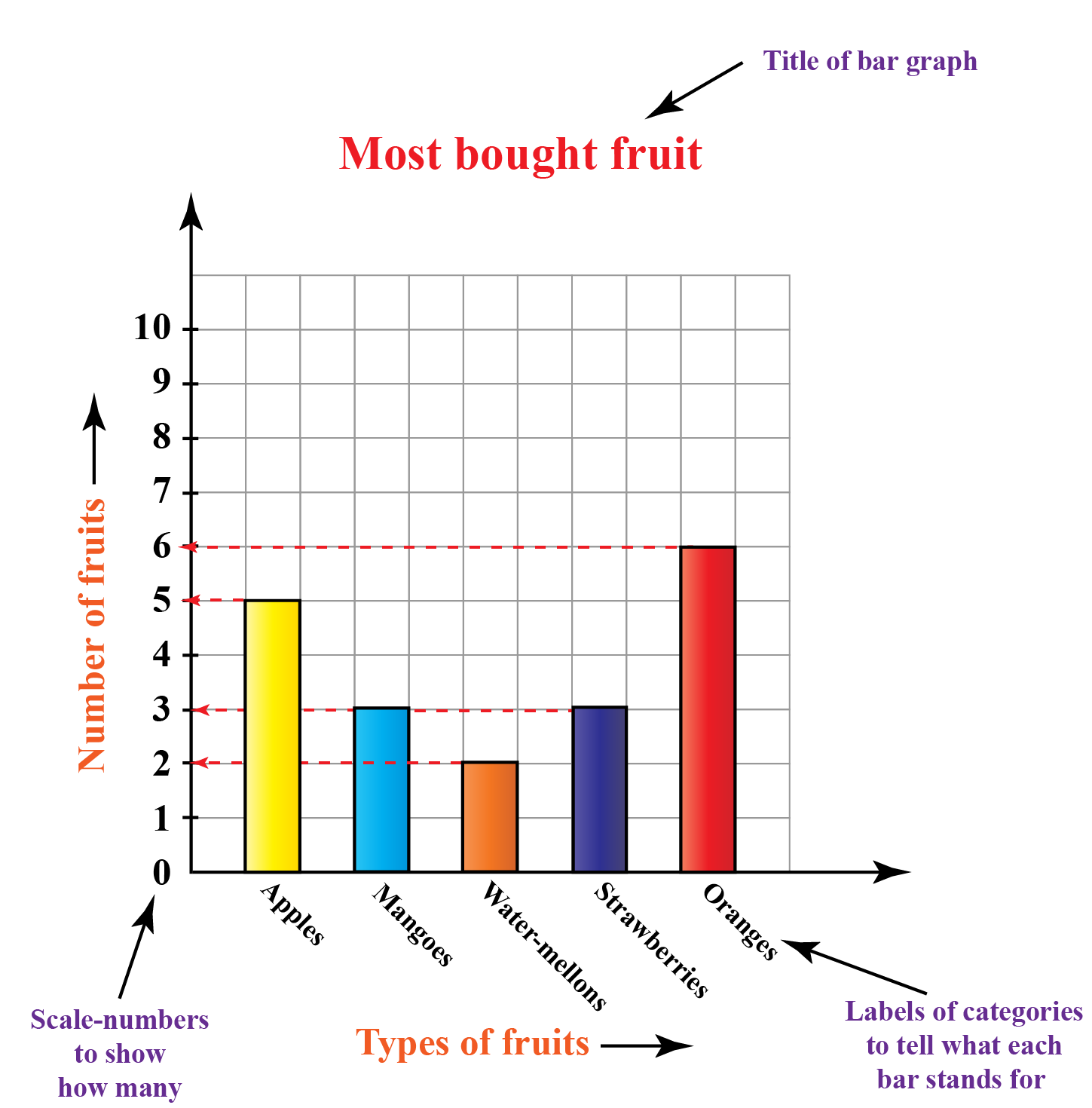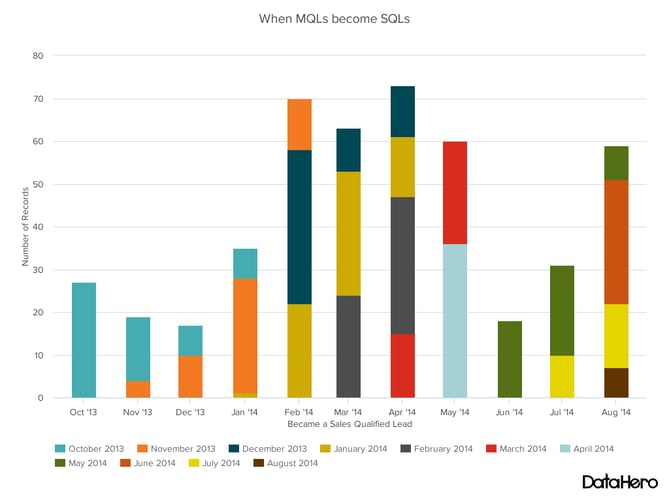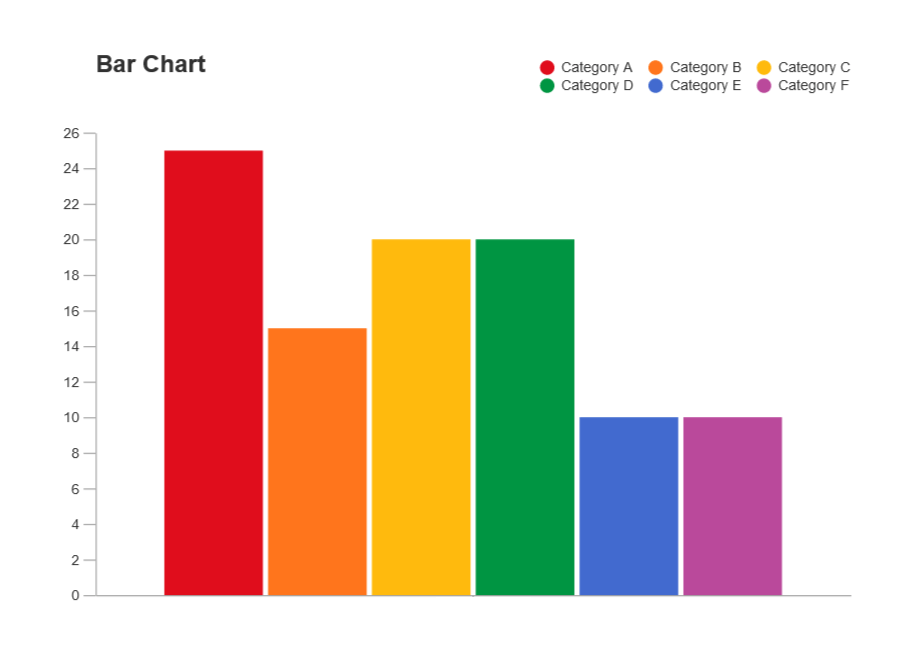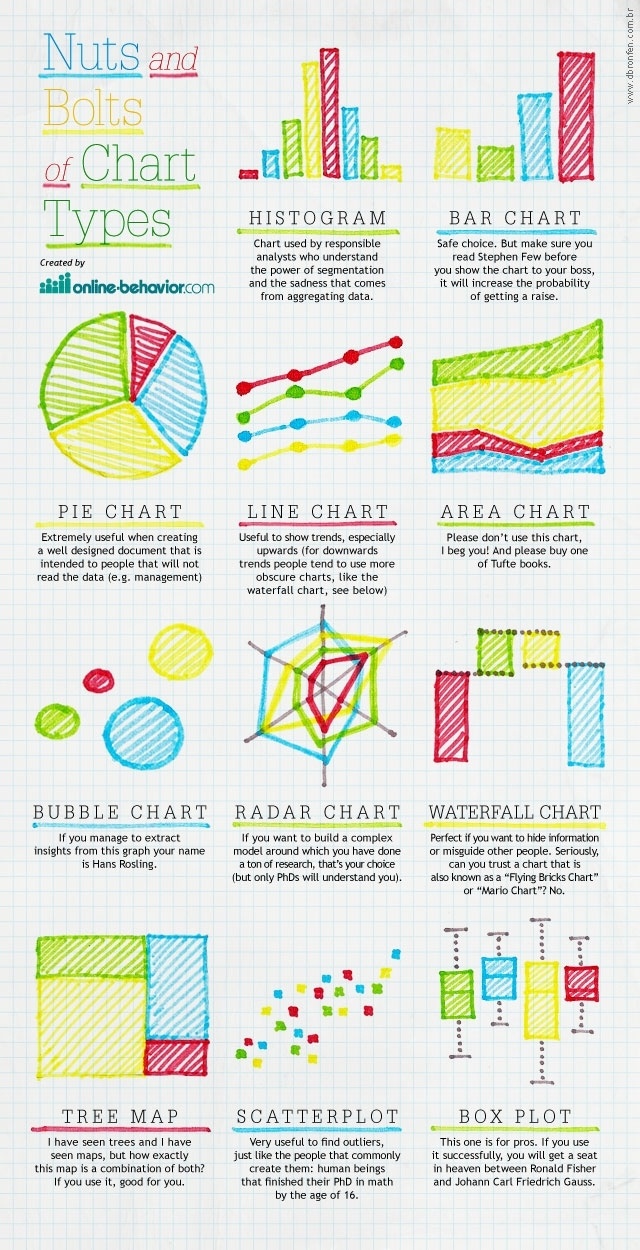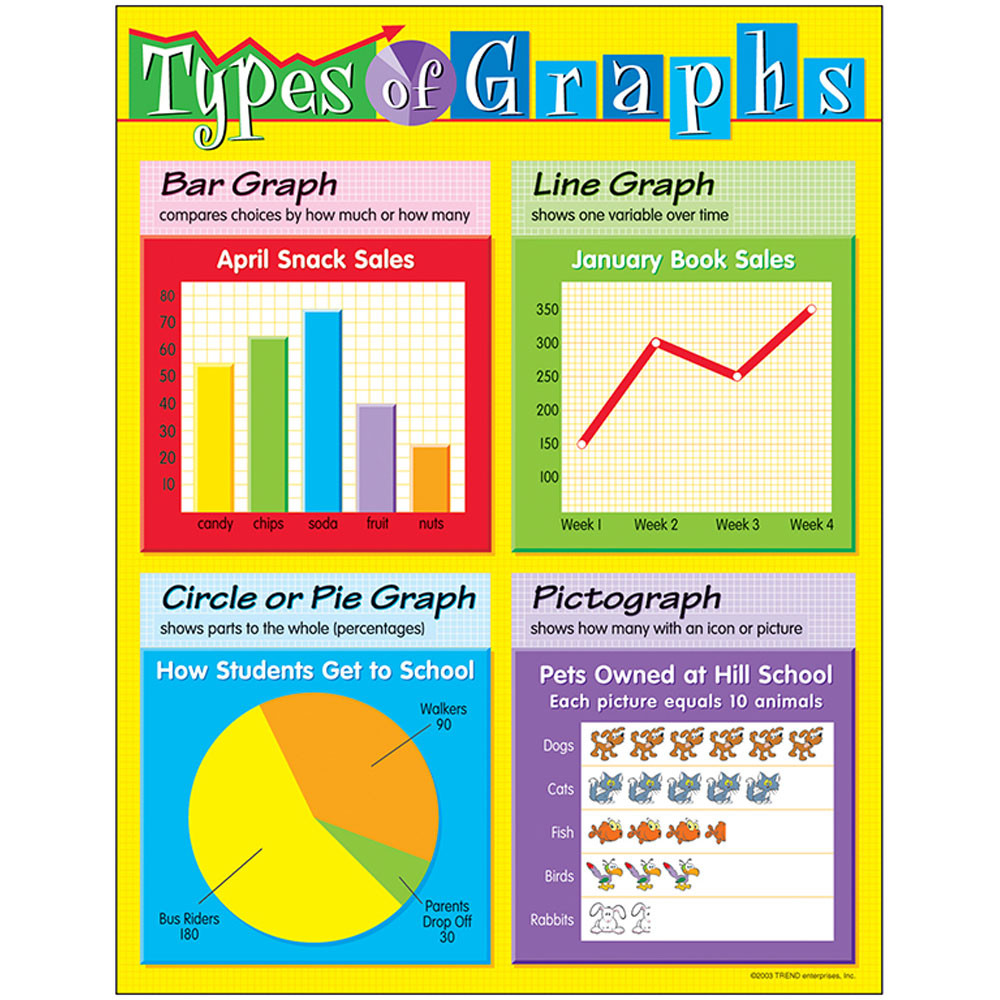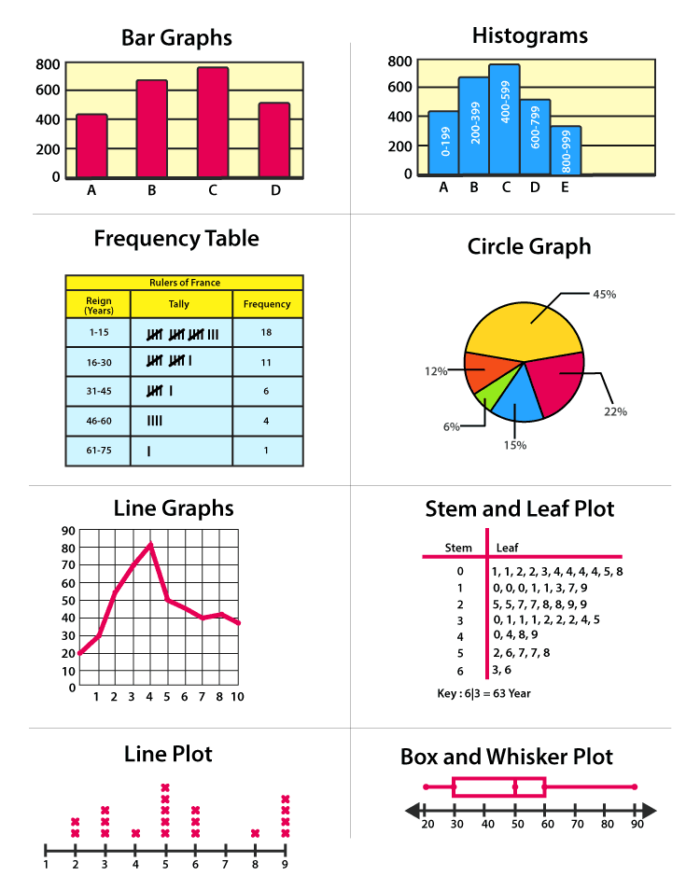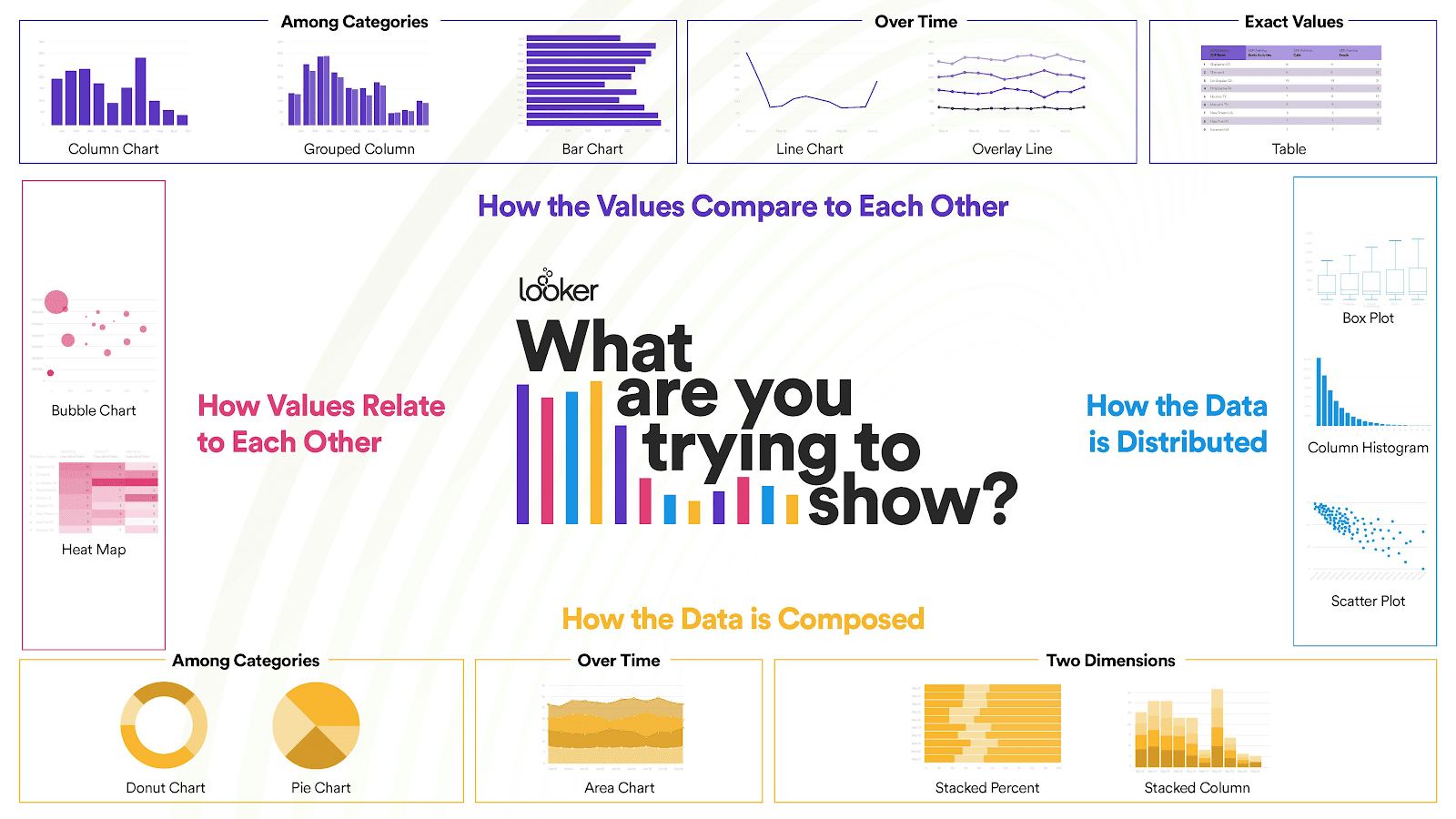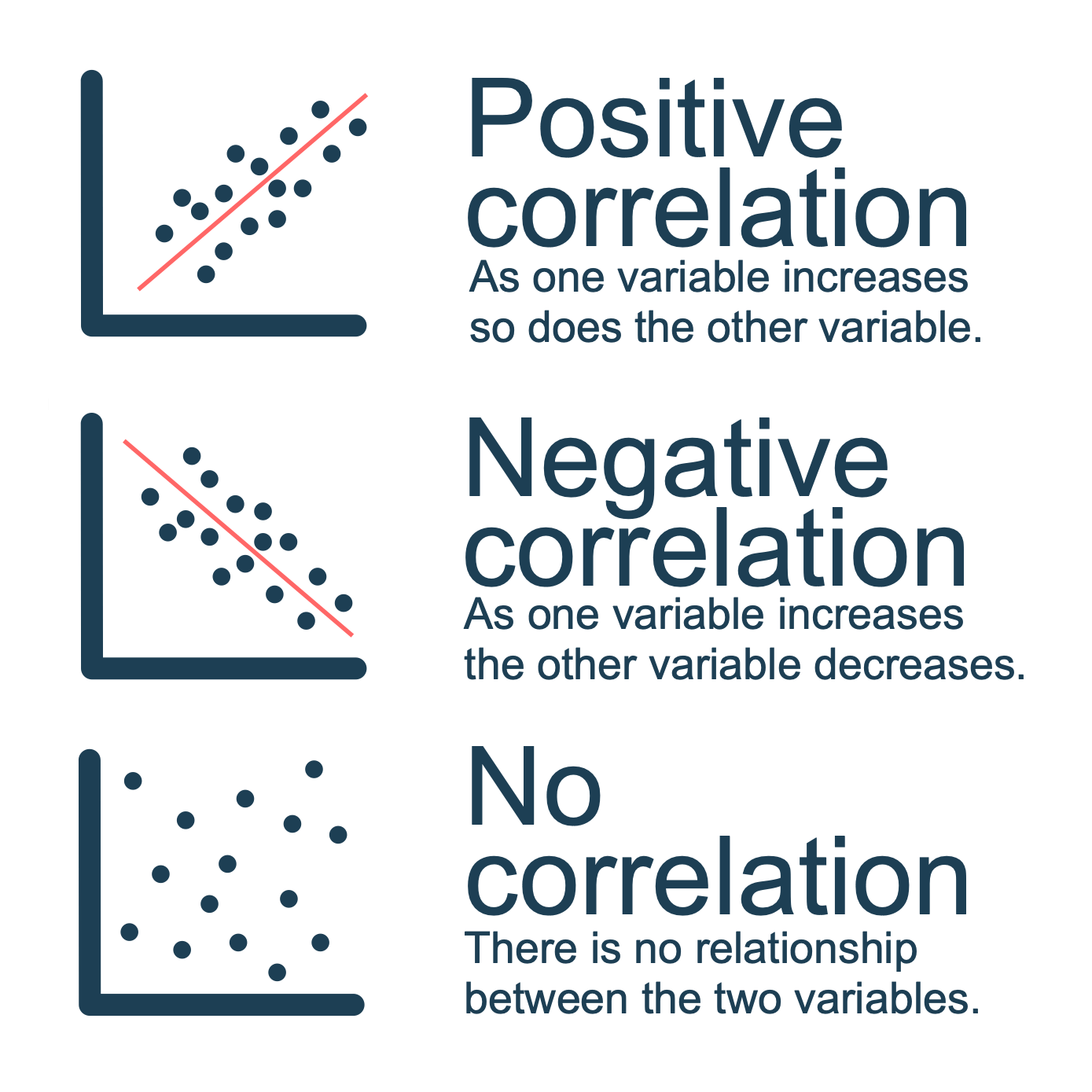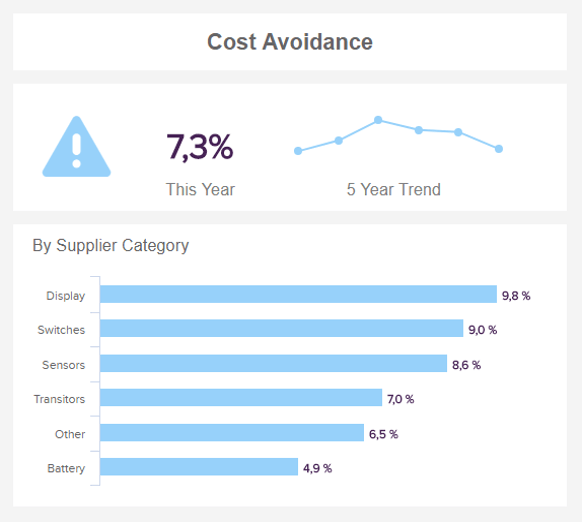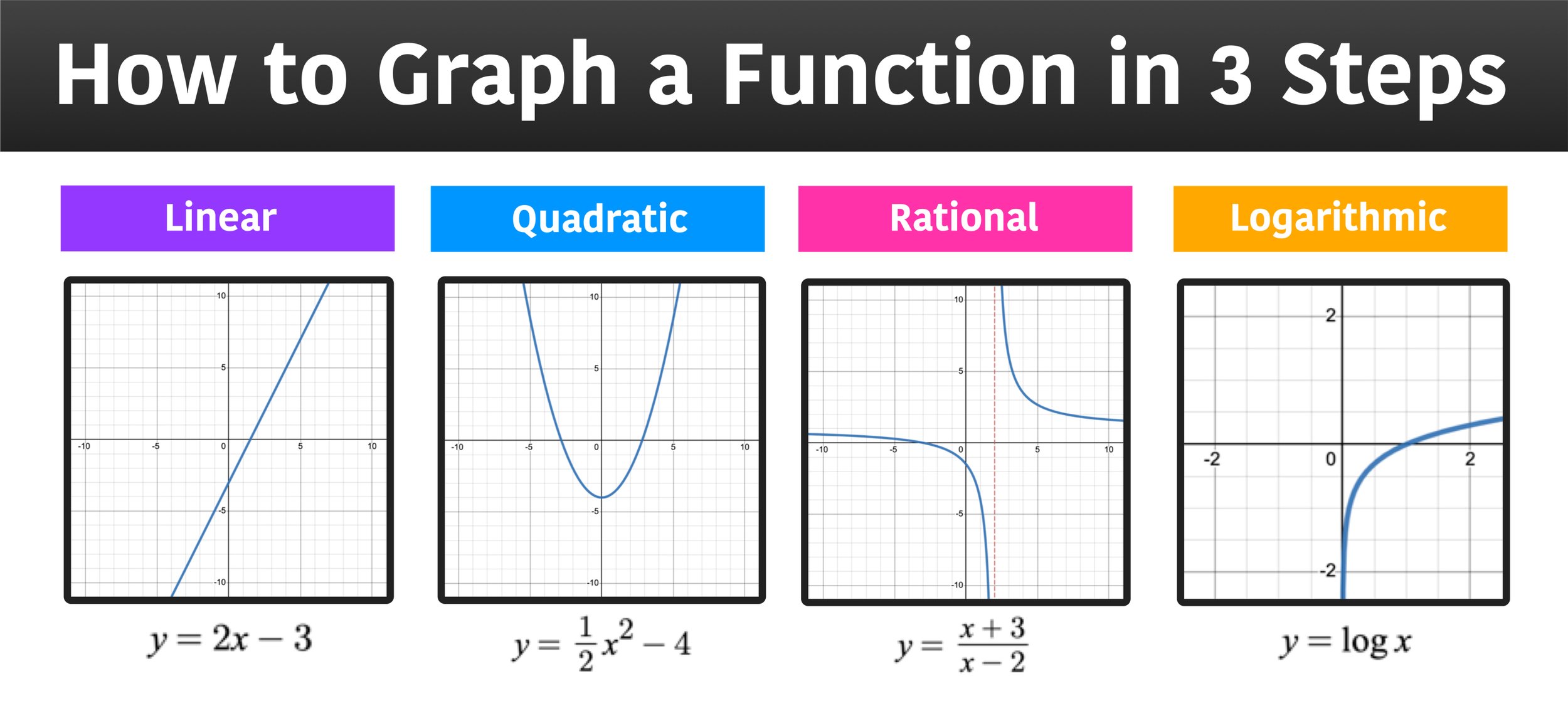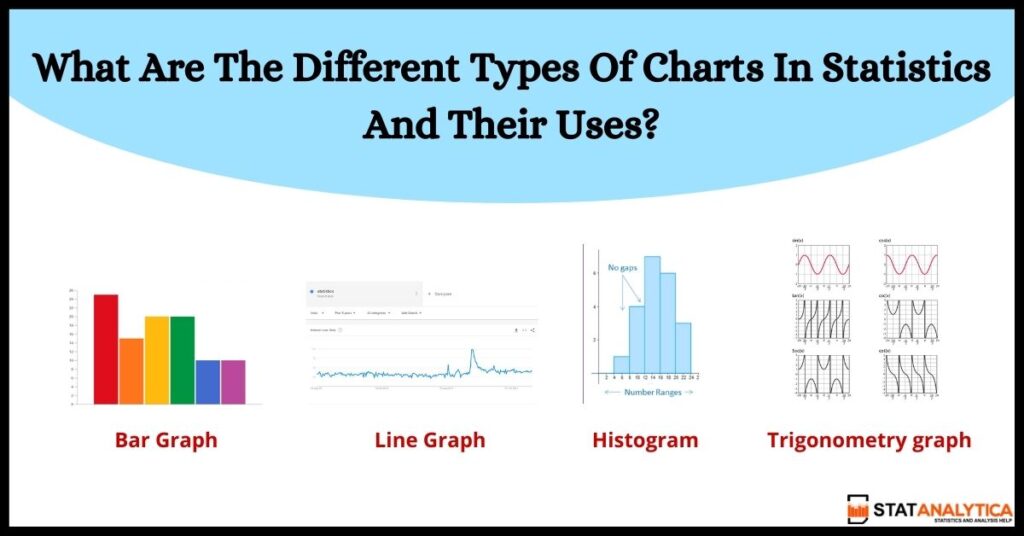Build A Info About Which Category Of Graphs Need To Be Avoided Labview Xy Graph Example

A guide for creating great vissualizations.
Which category of graphs need to be avoided. Charts and graphs categories. Do use the appropriate chart for your data. 12 best chart and graph types for actionable data visualization.
There are many of different types of charts, but, for most ux purposes, we recommend the basics: Data visualization can take the form of charts, graphs, maps, histograms, scatter plots, and other visuals. For bar charts, the numerical axis (often the y axis) must start at zero.
Our eyes are very sensitive to the area of bars, and we draw inaccurate. Avoid distortions, shading, perspective, volume, unnecessary colour, decoration or pictograms, and 3d. Start with the single most important question and choose the best chart type for your data and your users.
It explains why charts, graphs, lines, icons, and pictographs are prevalent in explaining trends, summarising stats, and telling stories. How do you make sure that your visualizations are clear, accurate, and engaging? But if your information isn’t.
Although using various colors aids in interpreting data visualizations, too much color can confuse the user. As you prepare your graphics, it is important to choose a chart which best suits your data. It’s crucial to stick to a limited number of unique.
Below are some tips and tricks to avoid these mistakes and ensure your data is presented accurately. Use alignment on a common scale. By using colors, shapes, and other visual elements, data.
Good graphs support accurate estimation of the quantities represented. You can use the kind of data to eliminate some chart types. For example, if you have continuous data, a bar chart may not be the best choice;
You may need to go. Stop building exhibitions of charts. When to use:
How do you choose the right chart or graph for your data? There are a couple of common mistakes associated with many of these graphs that can be avoided with a little forethought. As mentioned, asking the right questions will form the foundations for choosing the right types of visualization graphs for your.
Choosing the wrong visualization. Bar charts, line charts, or scatter plots.


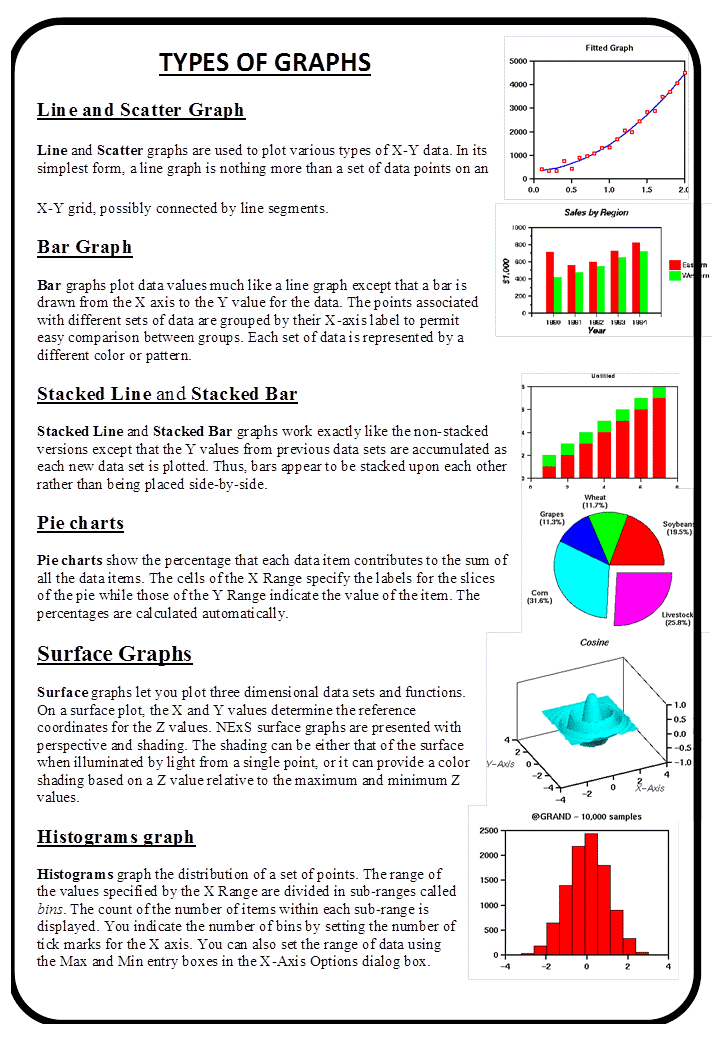
![What is Bar Graph? [Definition, Facts & Example]](https://cdn-skill.splashmath.com/panel-uploads/GlossaryTerm/7d3d0f48d1ec44568e169138ceb5b1ad/1547442576_Bar-graph-Example-title-scale-labels-key-grid.png)
